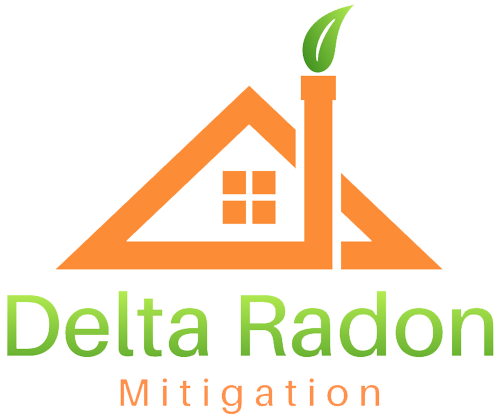This gas can enter homes through cracks in the foundation or other openings, and it can also be present in water. Radon levels can vary widely from one home to another, so even if your neighbors have low levels, your home could still be at risk. The EPA recommends paying attention to radon, especially if you’ve recently remodeled or if you’re buying or selling a property. Radon exposure builds up over time, increasing health risks, making it important to be aware of its potential presence in your home.
If your home has high levels of radon, mitigation might be necessary. The EPA considers no level of radon entirely safe, but homes with significant levels should definitely consider a radon reduction system. These systems typically involve venting radon gas from beneath your home to above the roof, and they can reduce radon levels by up to 99%, ensuring your family’s safety. Even if levels are moderate, it’s worth considering a reduction system to lower the risk of radon exposure in your home. With proper mitigation, you can significantly improve the air quality and safety of your living environment.
